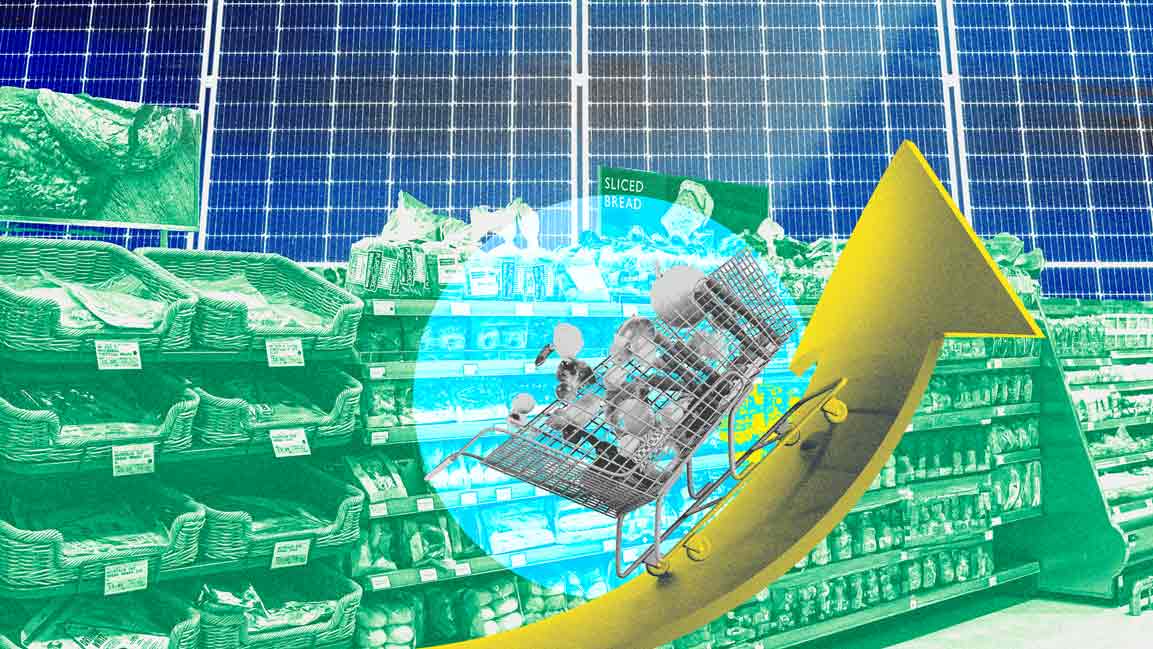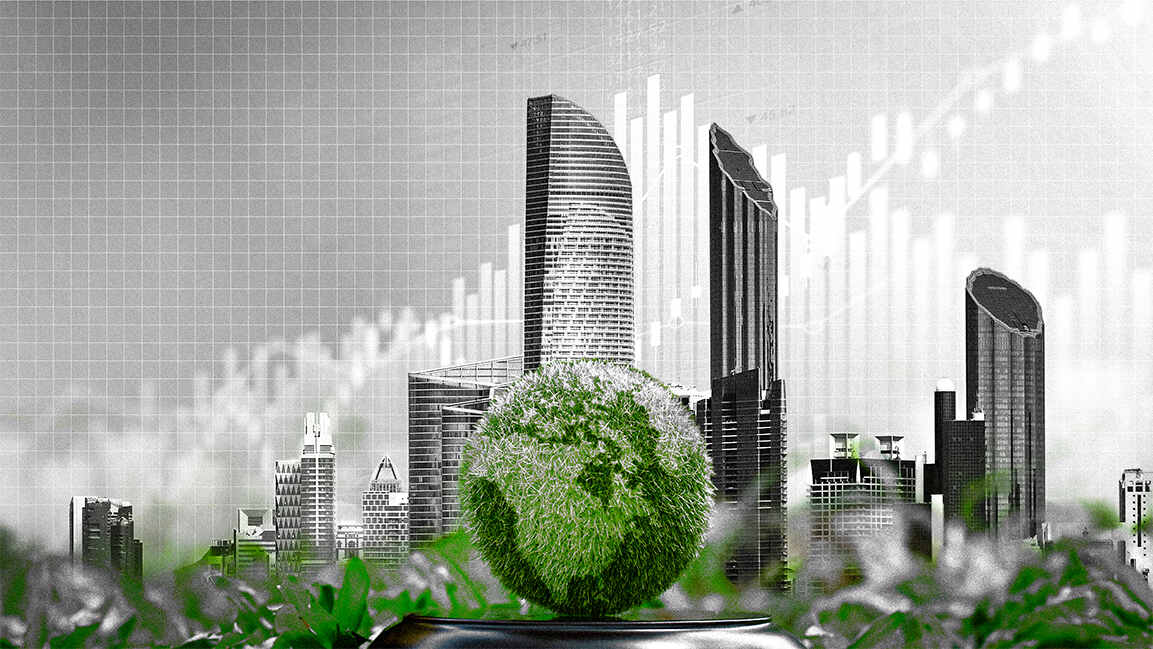- | 9:00 am
Can the Middle East have a sustainable skyline?
Experts explore innovative architectural strategies to foster sustainability in the Middle East's built environment, shedding light on the challenges and opportunities
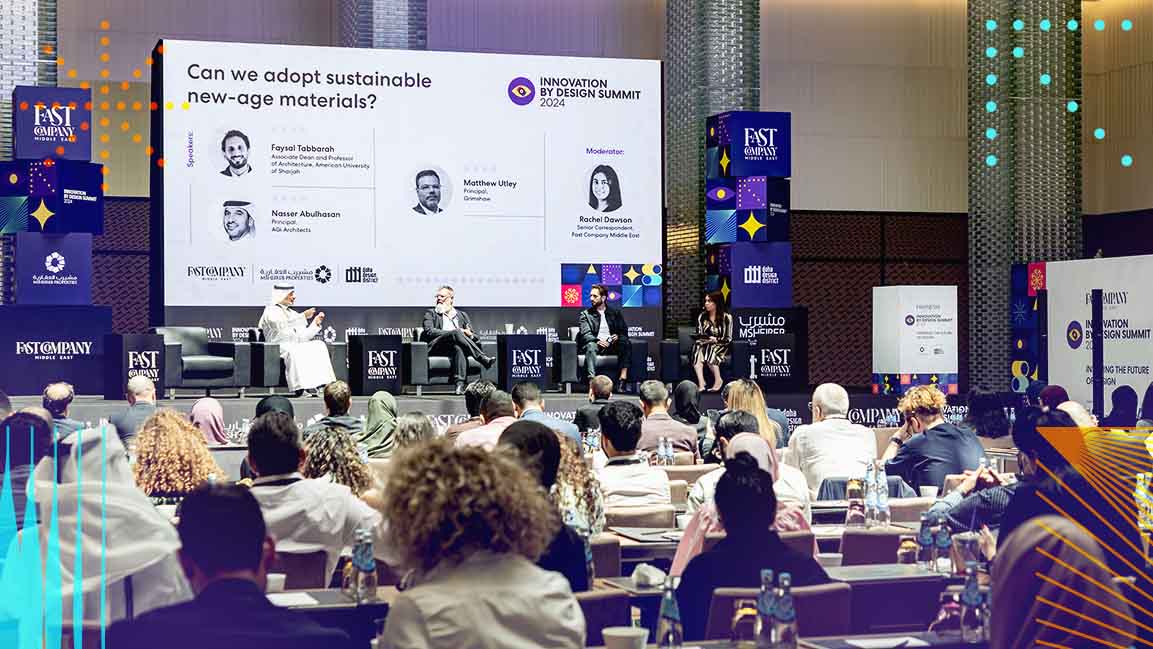
As nations worldwide grapple with the urgent need to address climate change, the focus on the built environment emerges as a critical area of concern. Research indicates that approximately 37% of energy use, 39% of CO2 emissions, and 40% of material consumption stem from activities within the built environment.
Amidst these circumstances, the Middle East finds itself at a crucial turning point, as governments in the region pledge ambitious efforts to mitigate emissions and shift towards renewable energy alternatives.
In light of these developments, the ongoing surge in construction activity presents a remarkable opportunity for the Middle East to embrace sustainable technologies and practices within urban development.
At the recent Innovation by Design Summit in Doha, held in partnership with Msheireb Properties, industry experts explored whether the region will revolutionize its construction practices and infrastructure development by adopting innovative, environmentally friendly materials.
Amidst mounting global concerns regarding climate change and dwindling resources, the panelists delved into the Middle East’s unique challenges, potential opportunities, and its journey toward charting a new trajectory forward.
Faysal Tabbarah, associate dean and professor of architecture at the American University of Sharjah, suggests that while innovation often emphasizes forward-thinking approaches, there’s value in reexamining traditional land-based practices in the Middle East. “By leveraging historical knowledge of materials and integrating it with modern technology, there’s potential to move towards less extractive material practices,” he said.
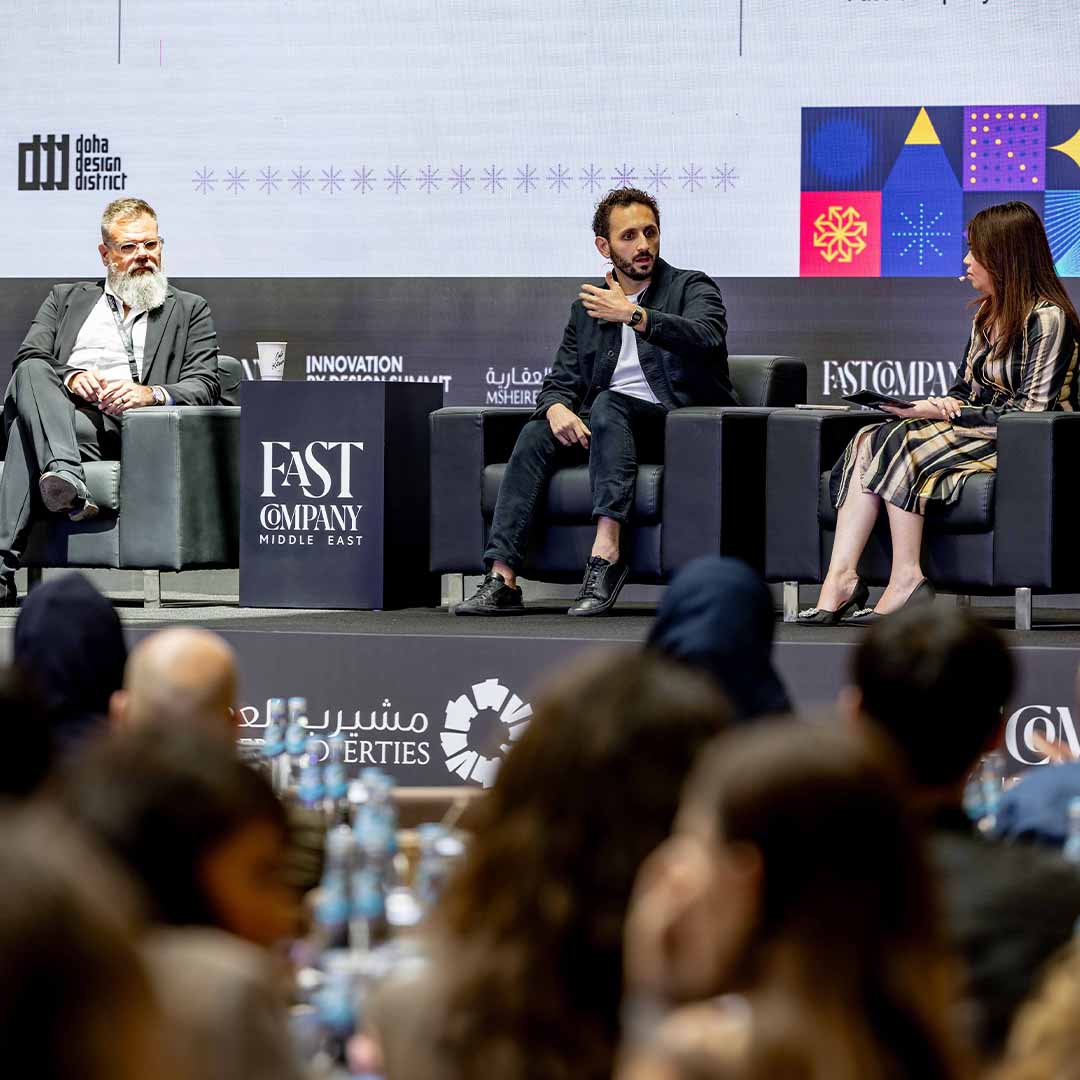
(L-R) Matthew Utley, principal, Grimshaw; Faysal Tabbarah, associate dean and professor of architecture, American University of Sharjah; Rachel Dawson, senior correspondent at Fast Company Middle East.
Emphasizing the importance of translating existing knowledge into tangible materials, he says, is one of several potential solutions for the future of sustainable development in the region.
Meanwhile, Matthew Utley, principal at Grimshaw, highlighted the Middle East’s unique challenge in adopting sustainable construction practices.
He emphasizes the significance of grasping the regional context, particularly traditional building materials such as brick, mortar, and steel. He highlights that architecture, often slow to adopt progressive techniques and materials, stands to gain from educational initiatives and platforms like those offered by the summit. “One key aspect is not to take the integration of sustainability for granted, which many of us involved in sustainability within design may do because we assume it’s a given that we’re considering it,” Utley said.
Adopting a more holistic approach, Nasser Abulhasan, principal at AGi Architects, said, “There is a need to address how we live currently and how we want to live in the future.”
“By challenging conventional space usage, including its extent and size, we could reduce the materials consumed, whether traditional like brick and mortar or alternative ones,” he added.
Abulhasan highlighted that a sustainable transition would involve asking questions about compact living, outdoor space utilization, and embracing eco-friendly practices. “Innovation would naturally follow, leading to material conservation over time,” he said.
TICKING CLOCK ON TRANSITION?
Considering the region’s heavy reliance on real estate projects, the panel discussed whether there is still time to transition to sustainable building materials. The experts concurred that challenges such as insufficient data, varying perceptions of sustainability’s value, and the pressure to expand posed significant obstacles to the widespread adoption of sustainable materials.
Tabbarah stressed the need for robust data in understanding sustainability implications, stating, “I have an attainable dream, one that we can collectively achieve. While we often discuss sustainability and sustainable materials, we lack robust data to understand their implications. Accreditation systems provide some level of conformity, but we need more comprehensive information.”
Sharing a common vision within the design process is crucial for the success of sustainable projects. Utley emphasizes the importance of consensus among designers, clients, and the fabrication/construction industry to bring sustainable designs to fruition. “Usually, the biggest challenge in most designs is bringing people together at the table to have the same vision for the project all the way through.”

Matthew Utley, principal, Grimshaw
The real estate industry faces an inherent conflict between maximizing land value and profitability, impacting the integration of sustainable design practices. “The challenge is inherently built-in in the real estate world because you create value from the land; the bigger the land is, the more value, in theory, you’re supposed to make. So, the industry itself goes against trying to economize or trying to reduce or being more conservative because the industry drives toward bigger, taller, wider,” said Abulhasan.
The panelists agreed that there was no trade-off between aesthetics and sustainable materials.
PROMISE OF PROCESSES
Tabbarah suggested that the construction industry could learn from the restaurant sector’s practices and innovations, particularly its efficient procurement methods, such as the farm-to-table dining style. “It enables cutting out the middle management, the middle person, and growing everything, or at the very least, having a close network that can bring our materials and resources,” he said.
As an advocate for stone construction techniques, he acknowledged the impracticality of envisioning a world entirely reliant on such methods. He illustrated this with an example of a scenario of having 10% of government buildings adopting the farm-to-table method, sourcing materials and labor within a 200-kilometer radius. “Backing that up with data to prove that a policy like this would work and have a huge bearing on sustainability would help propel the industry forward,” he added.
Other opportunities with the potential to revolutionize the construction industry are emerging. “There’s a great opportunity to approach construction fabrication not just from a technical but also from a collaborative perspective,” said Utley. He pointed to examples like modular design, rapid prototyping, and 3D printing, which offer avenues for enhanced sustainability by focusing on the application and sourcing of materials and considering the overall carbon footprint.
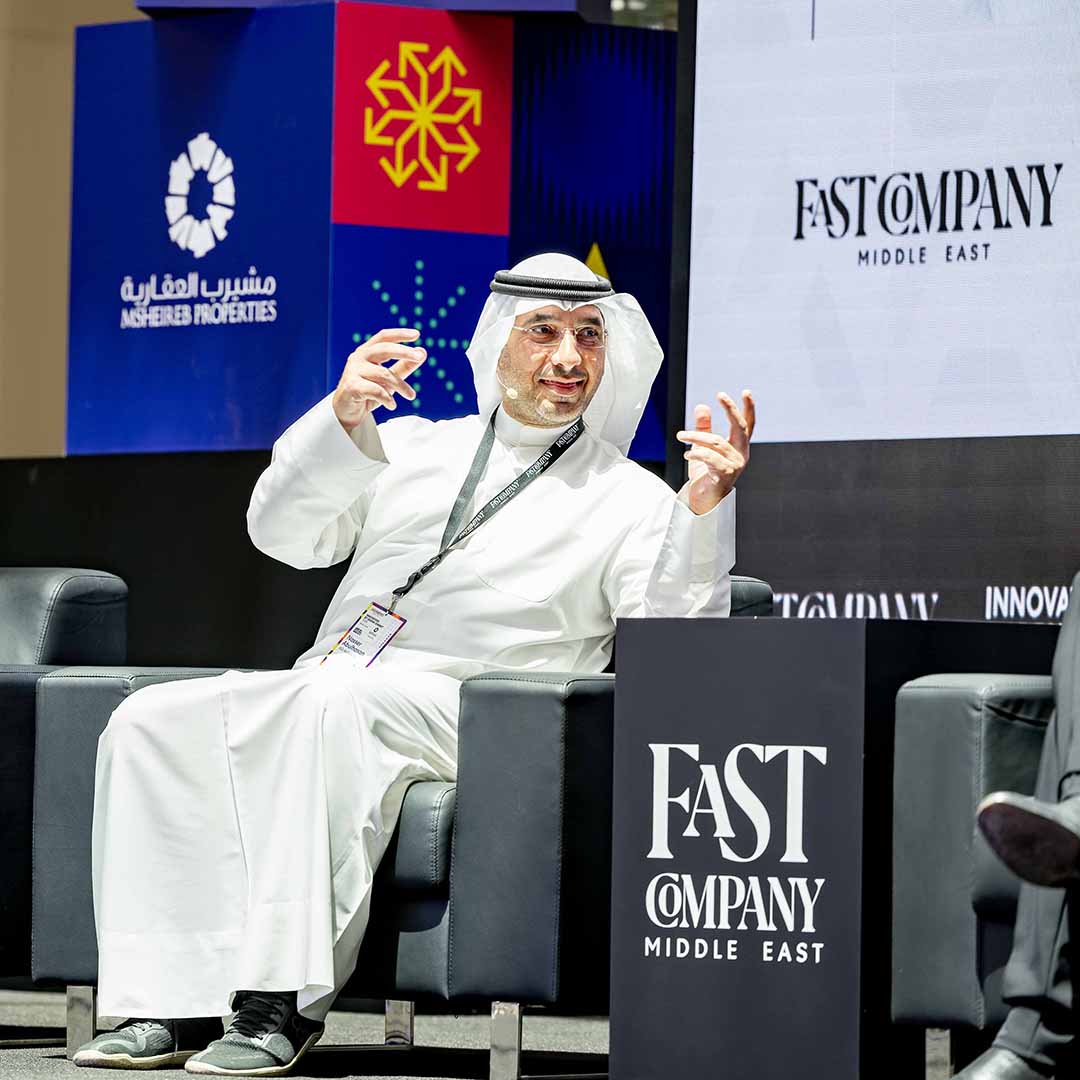
Nasser Abulhasan, principal, AGi Architects
“The transition is tough,” said Abdulhasan. “And it’s more complex because of the heavy construction reliance on single-family houses. Regardless of what we try to do in our downtowns, the struggle to reinvent will still be prevalent,” he added.
BEYOND GREENWASHING
Charu Kokate, senior partner at Safdie Architects, known for designing Singapore’s Jewel Changi Airport, discussed the impact of buildings on the land they’re built on, highlighting biophilic design as an ideology inspired by nature.
“Just like a pebble in the water creates ripples, well-designed and well-executed buildings create positive ripples through cities and countries.” Citing examples like the Marina Bay Sands and Jewel Changi Airport, both architectural marvels that brought attention to Singapore, she illustrated how well-designed buildings can serve a greater purpose.
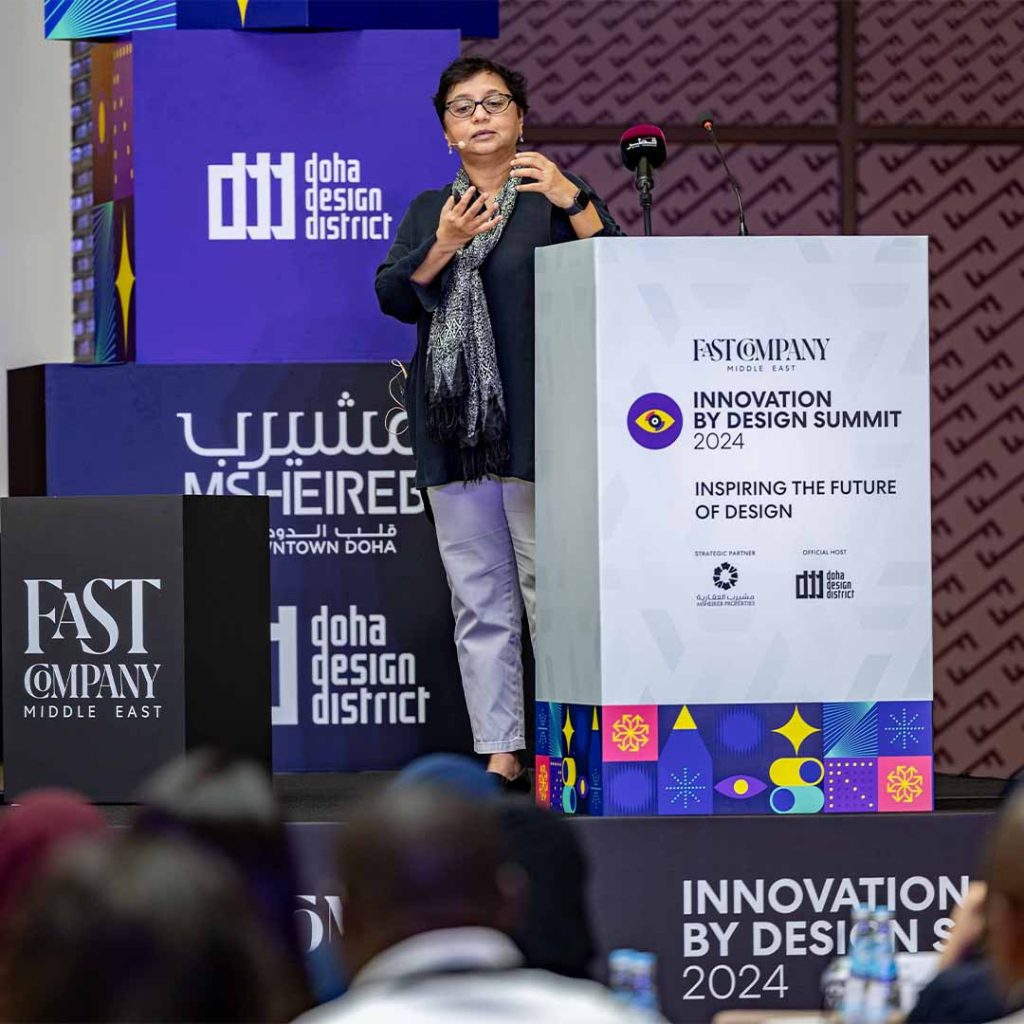
Charu Kokate, senior partner, Safdie Architects
She shared design insights into Safdie Architects’ projects and provided live examples of how nature, technology, and creativity can bring about human-centered buildings.
“As architects, our duty must extend beyond what is given to us. Our duties need to extend to creating spaces that connect with nature, people, and communities,” she added.
TOWARD CIRCULARITY
As a live demonstration of considering the carbon footprint of items, Arthur Huang, founder of MINIWIZ, took to the stage with a bag filled with trash items from his flight.
While urging the audience to consider the source of everyday items, he delved into the lifecycle of materials from source to trash. “We need to simultaneously develop a new generation of products that has a scale match to the amount of waste we have,” Huang said.
Reiterating the role placed by architecture in reducing the world’s carbon footprint, he added, “Most of the carbon footprint, approximately 50%, derives from building activity. We’re not talking about good design but about building materials.”
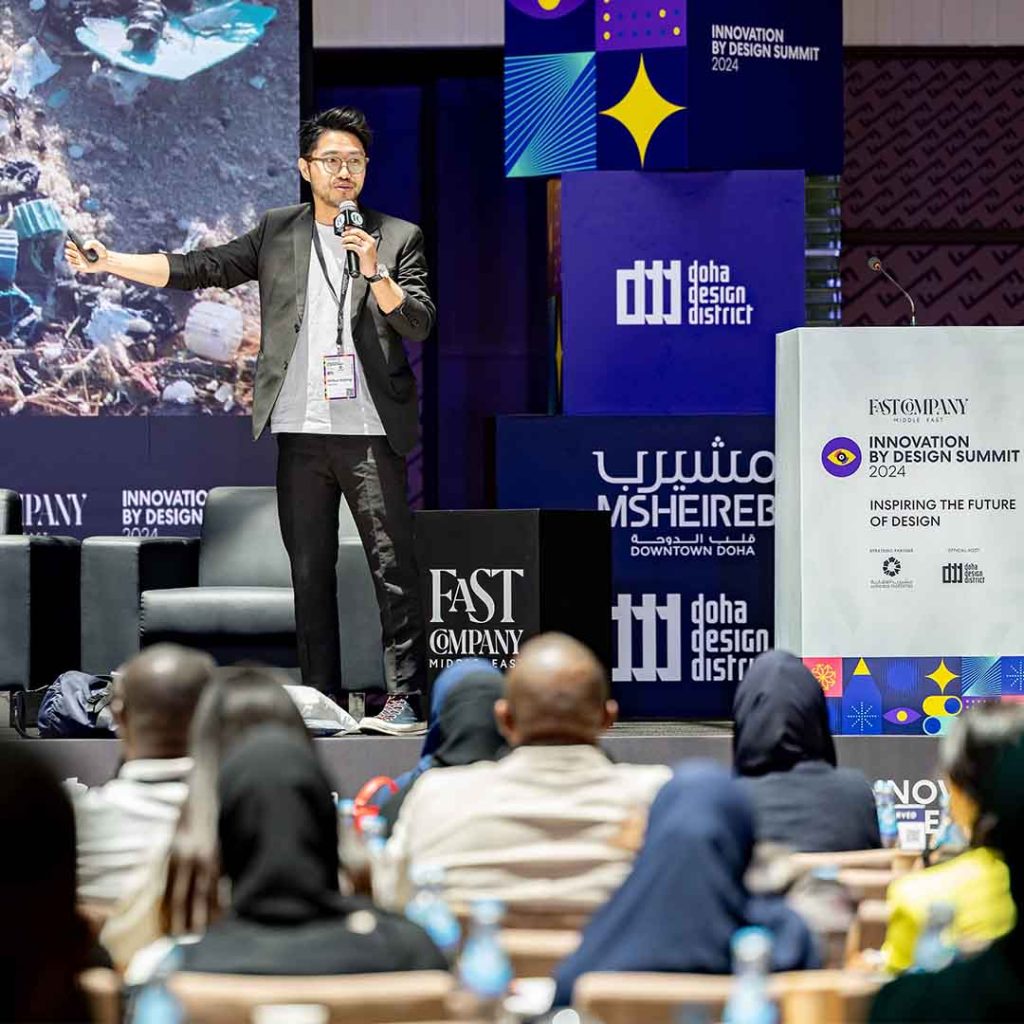
Arthur Huang, founder, MINIWIZ
Why is this relevant to the region? “Research says the future of building activity is not in Asia but the Middle East and Africa.” If that’s where the future of building materials is, he explained, the importing materials from China to build with carbon-heavy materials must end.
He concluded, “We need to figure out infrastructure as soon as possible to influence impact and change for the better.”













